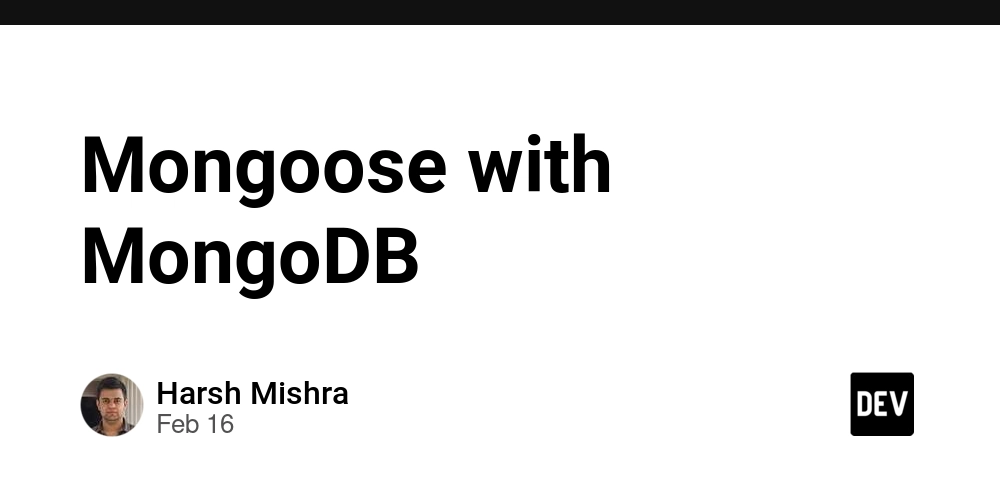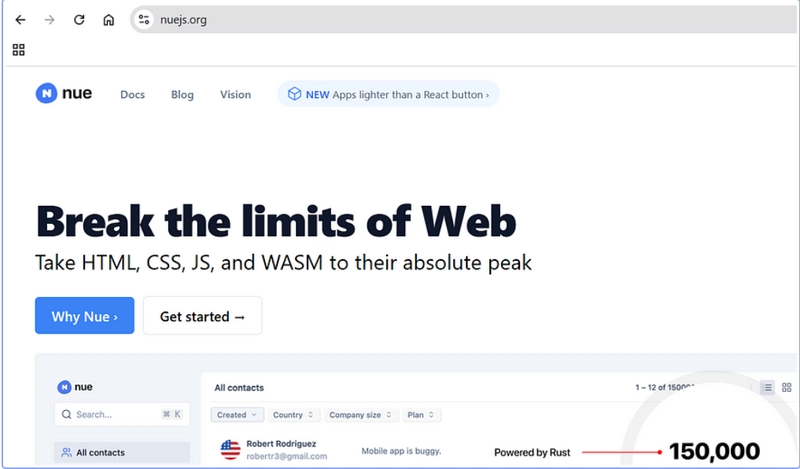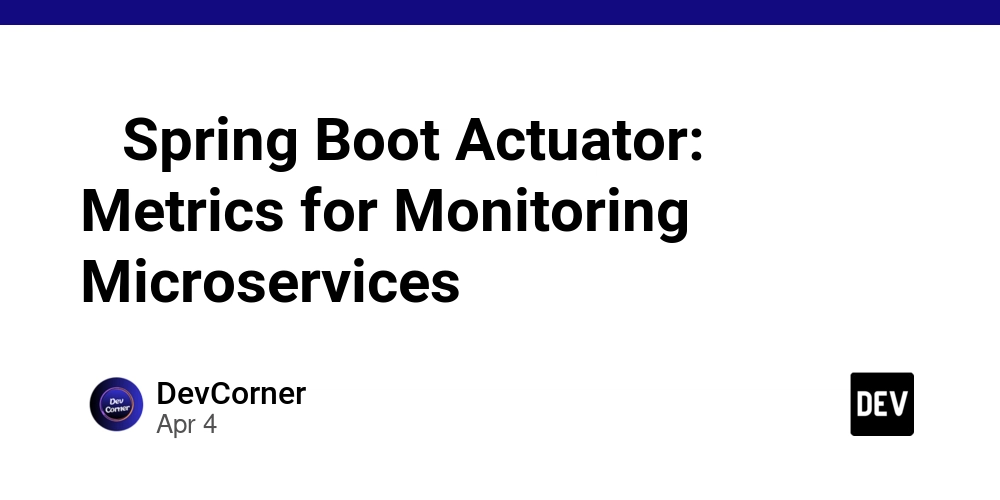Mongoose with MongoDB
Complete Guide to Mongoose with MongoDB: A Comprehensive Tutorial Mongoose is an ODM (Object Data Modeling) library for MongoDB and Node.js. It provides a schema-based approach to working with MongoDB, allowing developers to define models with built-in validation, middleware, and query-building capabilities. This guide will take you through everything you need to know about using Mongoose with MongoDB, from setup to advanced queries, relationships, and deployment. Table of Contents Introduction to Mongoose Why Use Mongoose with MongoDB? Setting Up Mongoose with MongoDB Understanding Mongoose Schema & Models CRUD Operations with Mongoose Querying Data in Mongoose Working with Relations in Mongoose Using Middleware in Mongoose Validation and Custom Validators Working with Transactions Seeding the Database Performance Optimization Error Handling in Mongoose Deploying Mongoose with MongoDB Conclusion 1. Introduction to Mongoose Mongoose is an Object Data Modeling (ODM) library for MongoDB and Node.js. It provides: ✅ Schema-based models for defining document structure. ✅ Built-in validation for data integrity. ✅ Middleware hooks for handling pre/post operations. ✅ Advanced query building for efficient data retrieval. ✅ Relationship handling to model complex data structures. Mongoose makes working with MongoDB more structured and organized, making it a popular choice for Node.js developers. 2. Why Use Mongoose with MongoDB? MongoDB is a NoSQL database that stores data in JSON-like documents. Mongoose provides a structured way to interact with MongoDB by offering:

Complete Guide to Mongoose with MongoDB: A Comprehensive Tutorial
Mongoose is an ODM (Object Data Modeling) library for MongoDB and Node.js. It provides a schema-based approach to working with MongoDB, allowing developers to define models with built-in validation, middleware, and query-building capabilities. This guide will take you through everything you need to know about using Mongoose with MongoDB, from setup to advanced queries, relationships, and deployment.
Table of Contents
- Introduction to Mongoose
- Why Use Mongoose with MongoDB?
- Setting Up Mongoose with MongoDB
- Understanding Mongoose Schema & Models
- CRUD Operations with Mongoose
- Querying Data in Mongoose
- Working with Relations in Mongoose
- Using Middleware in Mongoose
- Validation and Custom Validators
- Working with Transactions
- Seeding the Database
- Performance Optimization
- Error Handling in Mongoose
- Deploying Mongoose with MongoDB
- Conclusion
1. Introduction to Mongoose
Mongoose is an Object Data Modeling (ODM) library for MongoDB and Node.js. It provides:
✅ Schema-based models for defining document structure.
✅ Built-in validation for data integrity.
✅ Middleware hooks for handling pre/post operations.
✅ Advanced query building for efficient data retrieval.
✅ Relationship handling to model complex data structures.
Mongoose makes working with MongoDB more structured and organized, making it a popular choice for Node.js developers.
2. Why Use Mongoose with MongoDB?
MongoDB is a NoSQL database that stores data in JSON-like documents. Mongoose provides a structured way to interact with MongoDB by offering:











































































































































































![[The AI Show Episode 142]: ChatGPT’s New Image Generator, Studio Ghibli Craze and Backlash, Gemini 2.5, OpenAI Academy, 4o Updates, Vibe Marketing & xAI Acquires X](https://www.marketingaiinstitute.com/hubfs/ep%20142%20cover.png)




























































































































![[DEALS] The Premium Learn to Code Certification Bundle (97% off) & Other Deals Up To 98% Off – Offers End Soon!](https://www.javacodegeeks.com/wp-content/uploads/2012/12/jcg-logo.jpg)


![From drop-out to software architect with Jason Lengstorf [Podcast #167]](https://cdn.hashnode.com/res/hashnode/image/upload/v1743796461357/f3d19cd7-e6f5-4d7c-8bfc-eb974bc8da68.png?#)








































































































.png?#)


































_Christophe_Coat_Alamy.jpg?#)
.webp?#)
 (1).webp?#)






































































































![Apple Considers Delaying Smart Home Hub Until 2026 [Gurman]](https://www.iclarified.com/images/news/96946/96946/96946-640.jpg)
![iPhone 17 Pro Won't Feature Two-Toned Back [Gurman]](https://www.iclarified.com/images/news/96944/96944/96944-640.jpg)
![Tariffs Threaten Apple's $999 iPhone Price Point in the U.S. [Gurman]](https://www.iclarified.com/images/news/96943/96943/96943-640.jpg)

































































































































